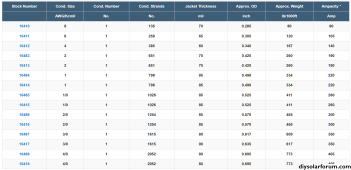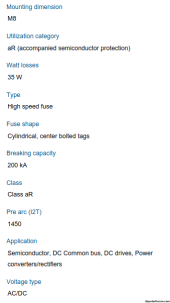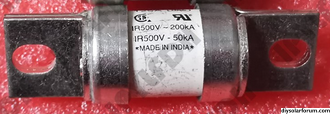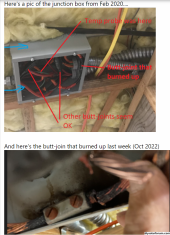solitarysecluded
New Member
- Joined
- Oct 3, 2022
- Messages
- 50
Hey guys. You know what they says, the more you read - the more you "confused".
Fuse protect wire. Some folks recommends fuse based on wire size. eg: 250A to 2/0 AWG. 400A to 4/0 AWG
The other opinion would be based on inverter able to draw. eg: 150A fuse to SPF5000ES /48x0.85
Fuse protect wire. Some folks recommends fuse based on wire size. eg: 250A to 2/0 AWG. 400A to 4/0 AWG
The other opinion would be based on inverter able to draw. eg: 150A fuse to SPF5000ES /48x0.85







